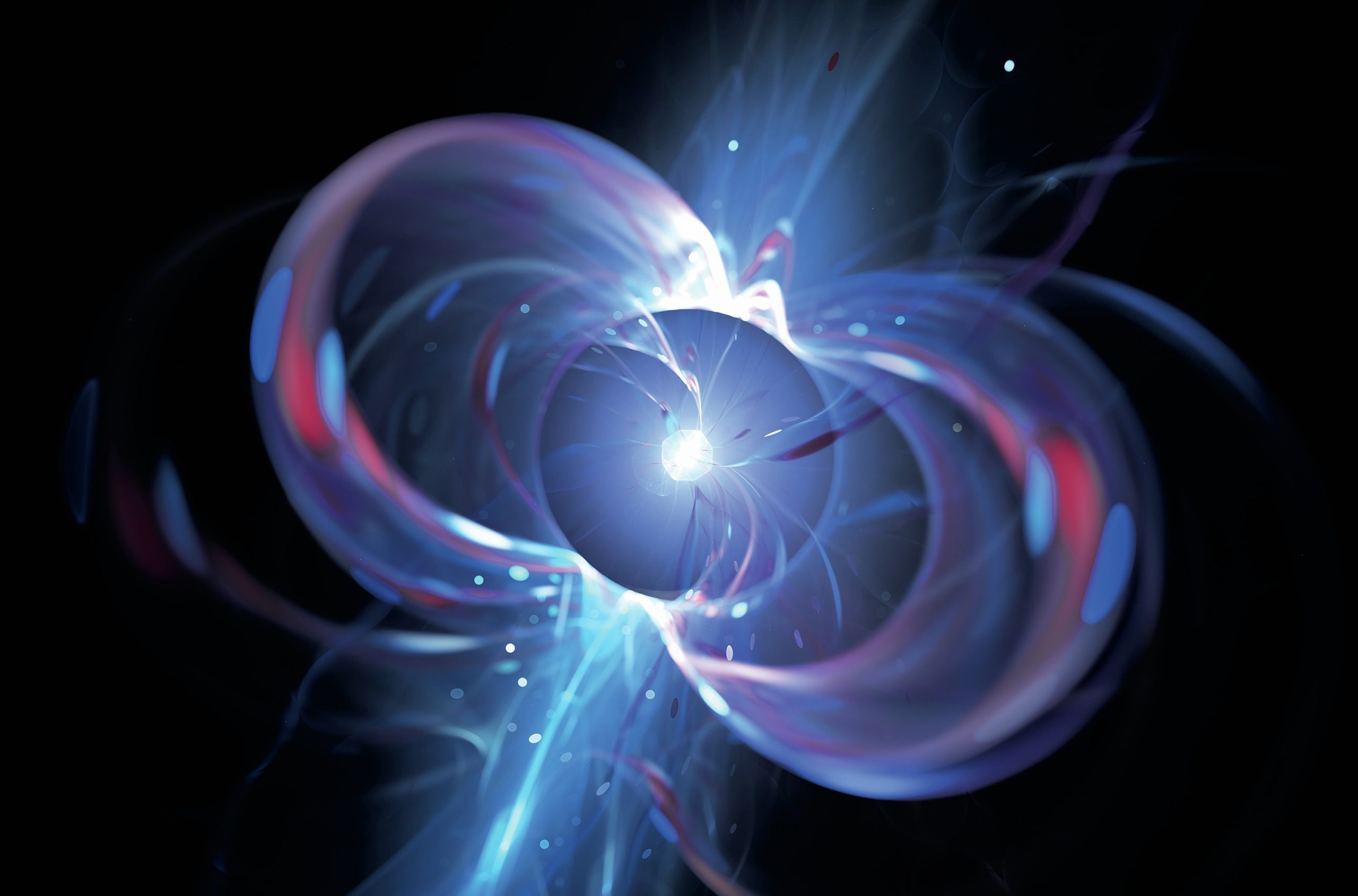
The terms in bold link to topics in the AQA, Edexcel, OCR, WJEC and CCEA A-level specifications, as well as the IB, Pre-U and SQA exam specifications. A neutron star’s density, gravity, magnetism, and temperature are extremely large, while its luminosity and size are extremely small. As pulsars, neutron stars can be used in tests of general relativity.
Neutron stars are some of the strangest and most extreme objects in the universe. Each is a closely packed assembly of neutrons, like a giant atomic nucleus, the remnant of a supernova explosion. The density, gravity, magnetism and temperature are unimaginably large, while the luminosity and size are extremely small. As pulsars, neutron stars can be used in the most extreme tests of general relativity.
Your organisation does not have access to this article.
Sign up today to give your students the edge they need to achieve their best grades with subject expertise
Subscribe




